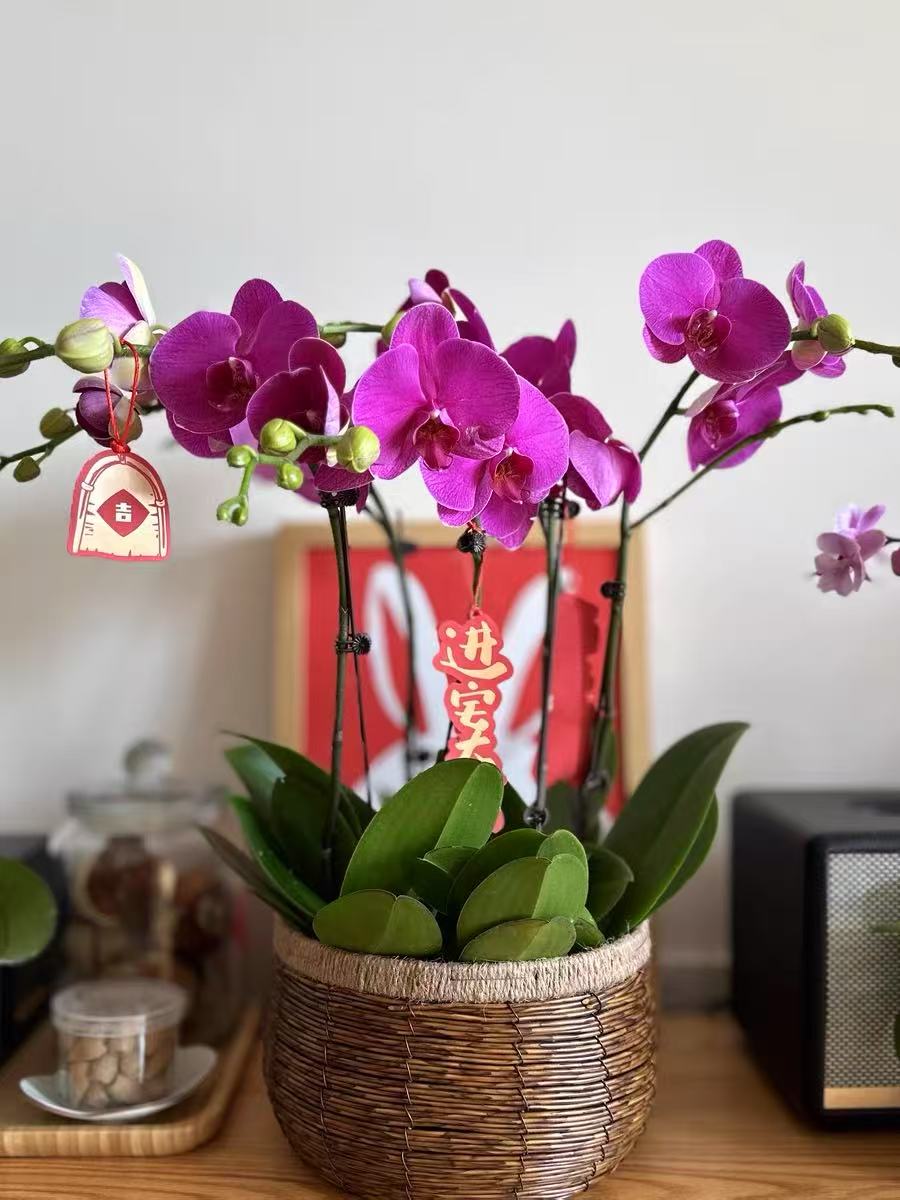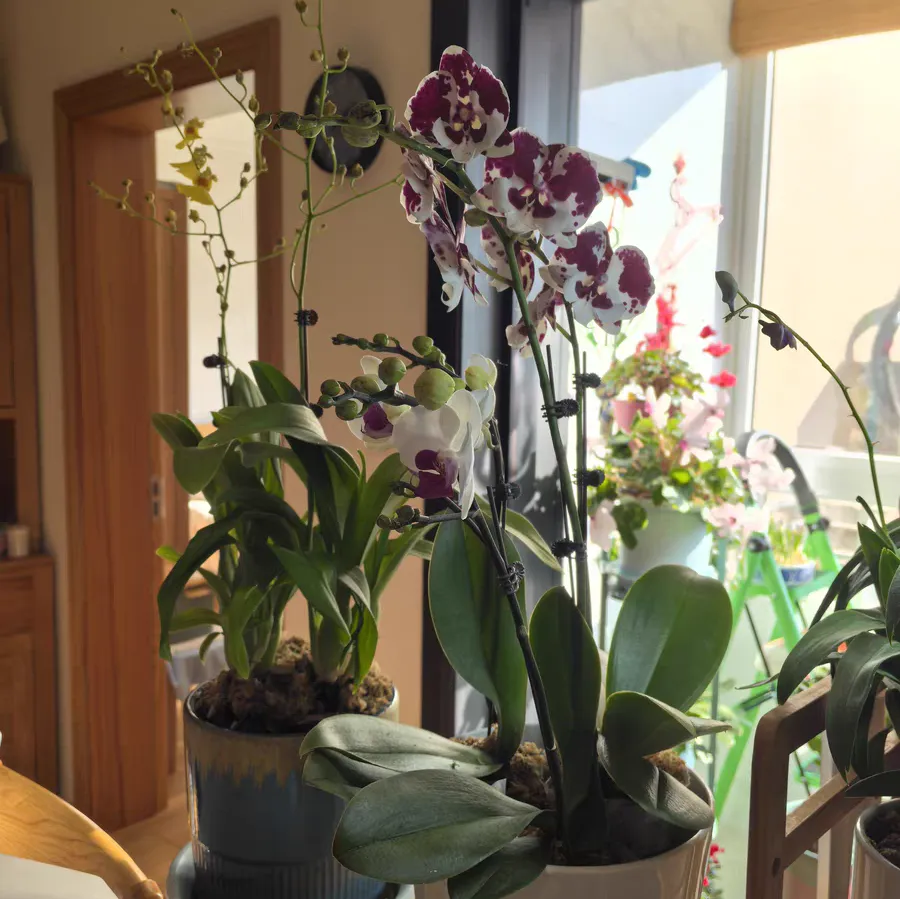Phalaenopsis, with its elegant flowers and unique growth habits, has become a favorite among many flower lovers. However, the high temperature and humidity in summer pose higher requirements for the maintenance of Phalaenopsis, especially the two issues of repotting and watering, which often puzzle flower lovers.
Whether Phalaenopsis can be repotted in summer depends on the health of its roots and its overall growth condition. Generally speaking, Phalaenopsis grows relatively slowly and does not need to be repotted frequently. It is recommended to change the potting soil every two years or so. Temperature and timing are crucial when repotting.
The Best Time for Repotting:
When the roots are healthy: If the roots of Phalaenopsis are healthy, it is recommended to repot in spring or autumn, because there is a certain temperature difference at this time, and Phalaenopsis has a better seedling recovery ability and is less likely to be threatened by frostbite or soft rot.
When root rot occurs: If root rot occurs in Phalaenopsis, it is necessary to repot immediately regardless of the season. When repotting in summer, special attention should be paid to keeping Phalaenopsis in a cool and ventilated place for a period of time to avoid secondary damage caused by high temperature and humidity.
Steps of Repotting:
Prepare the substrate: For the cultivation substrate of Phalaenopsis, materials with good air permeability and drainage such as sphagnum moss, bark or coconut coir are generally selected. Ensure that the substrate is clean and pollution-free.
Remove from the pot and prune: Gently remove the Phalaenopsis from the original pot, check the roots and trim off the rotten or dry parts.
Potting and watering: Plant the pruned Phalaenopsis into a new pot, fill with the substrate and gently compact it. Water thoroughly to ensure that the substrate is fully moist.
The watering frequency of Phalaenopsis is affected by many factors, including season, environmental temperature, humidity, light intensity and medium type. In summer, due to the high temperature and rapid water evaporation, the watering frequency of Phalaenopsis needs to be appropriately increased.
Watering Principles:
Water when dry and soak thoroughly: The roots of Phalaenopsis are fleshy roots, which have a strong water storage capacity but are also sensitive to waterlogging. Therefore, when watering, follow the principle of "watering when the substrate surface is dry and soaking thoroughly", that is, water after the substrate surface is dry and water thoroughly at one time.
Avoid waterlogging: When watering, be careful not to let water accumulate to avoid root rot.
Watering Frequency:
In summer: Due to the high temperature and rapid water evaporation in summer, the watering frequency of Phalaenopsis can be appropriately increased. Generally speaking, it is more appropriate to water once every 5-7 days. However, it still needs to be judged according to the soil humidity. If the soil surface is dry, then it is necessary to water in time.
In other seasons: In spring and autumn, the temperature is suitable and Phalaenopsis grows relatively fast, so it is generally watered 1-2 times a week. In winter, the temperature is low and Phalaenopsis grows slowly or even stops growing, so water control should be strict and it is generally watered once every 2-3 weeks. When watering in winter, it is best to choose noon, when the water temperature is relatively high and less likely to irritate the roots.
The summer maintenance of Phalaenopsis requires special attention to repotting and watering. When repotting, choose the right time and substrate according to the health of the roots. When watering, follow the principle of "watering when dry and soaking thoroughly" and adjust the watering frequency according to the seasonal changes. Only in this way can Phalaenopsis remain healthy in summer.
Can Phalaenopsis Be Repotted in Summer?

Share with
Tagged in :




Leave a Reply